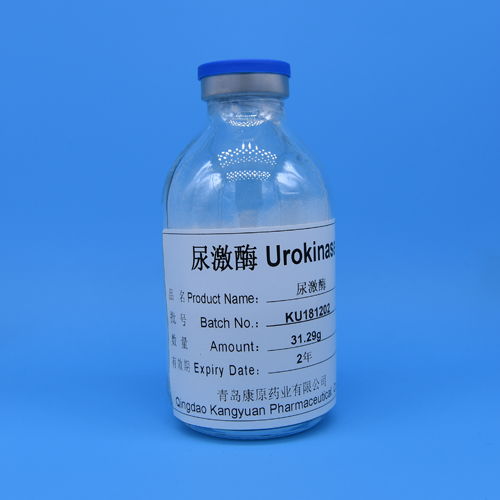Rules for the use of chemical agents
1. Chemical reagents used in chemical experiments, whether toxic or not,
shall not be imported.
2. The reagent should be obtained with a clean spoon. One medicine spoon
cannot use two reagents at the same time. After each reagent is taken, it should
be wiped clean.
3. In the case of reagents, the solid reagents shall be packed in
wide-moused bottles with plugs, and the liquid reagents shall be packed in
narrow-mouted bottles. Alkaline solution should be stored in a small bottle with
a rubber stopper to avoid adhesion to the bottle mouth.
4. When opening the stopper of volatile liquid, the mouth of the bottle
should not be pointed to the eyes in case the steam from the bottle will harm
the eyes after the stopper is opened.

5. For reagents that are easy to be deliriable and weathered, the bottle
cap should be tightly closed after use. When not in use for a long time, the
bottle cap can be sealed with paraffin wax or sealed with a rubber cover. And
keep in a low temperature dry place.
6. After the reagent is taken out, the unused remaining parts shall not be
put back into the original bottle, so as to avoid contaminating the original
bottle of reagent.
7. The reactant residue and waste liquid after the experiment should be
poured into the designated container. In particular, dangerous goods (such as
white phosphorus, metallic sodium, concentrated acid, strong oxidant and organic
solvent) must be treated before being poured into the waste tank.
2) Storage of chemical reagents
Large quantities of chemicals should be kept in a special storage room with
a special keeper.
3. Standard substances
Definition: Substance used to calibrate instruments, calibrate solution
concentrations, and evaluate analytical methods.